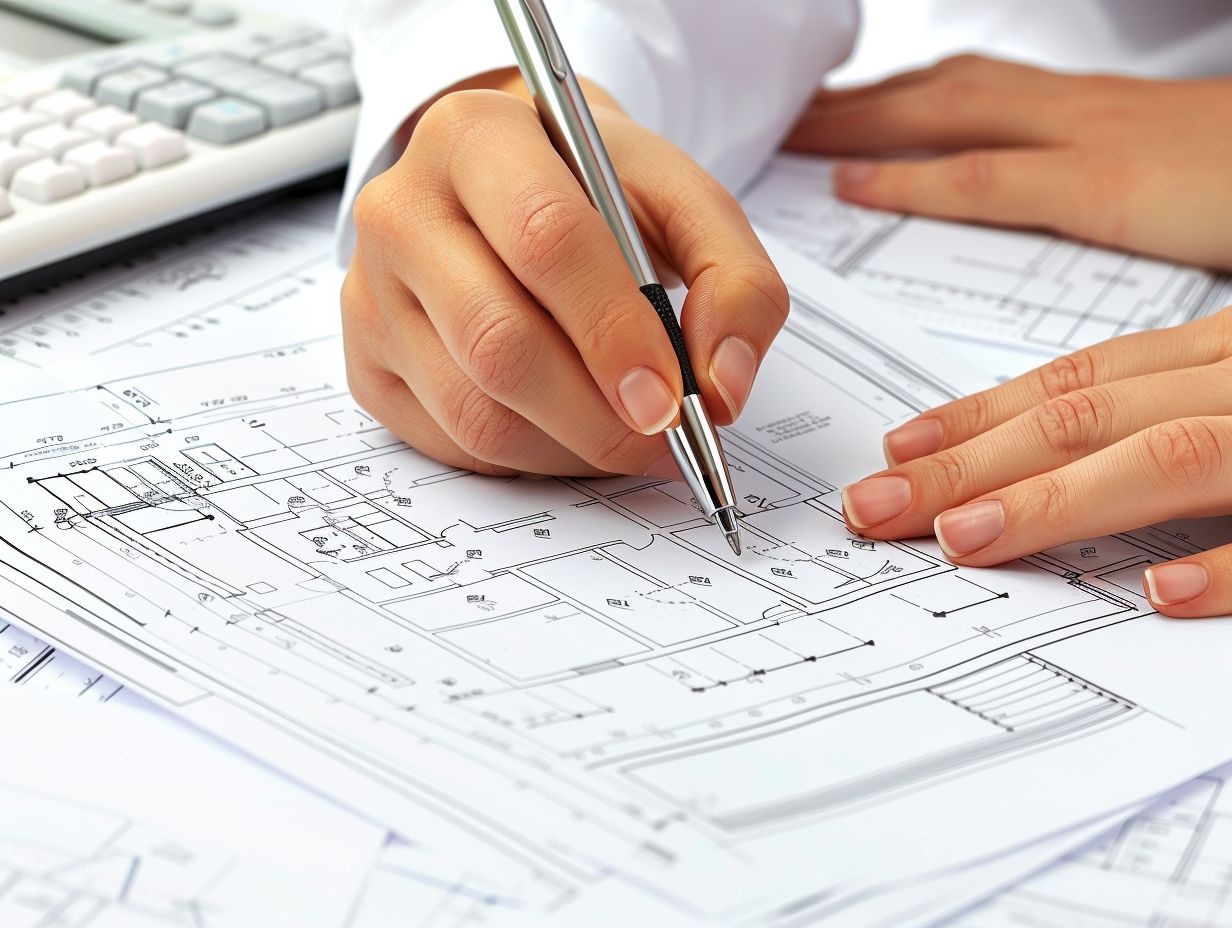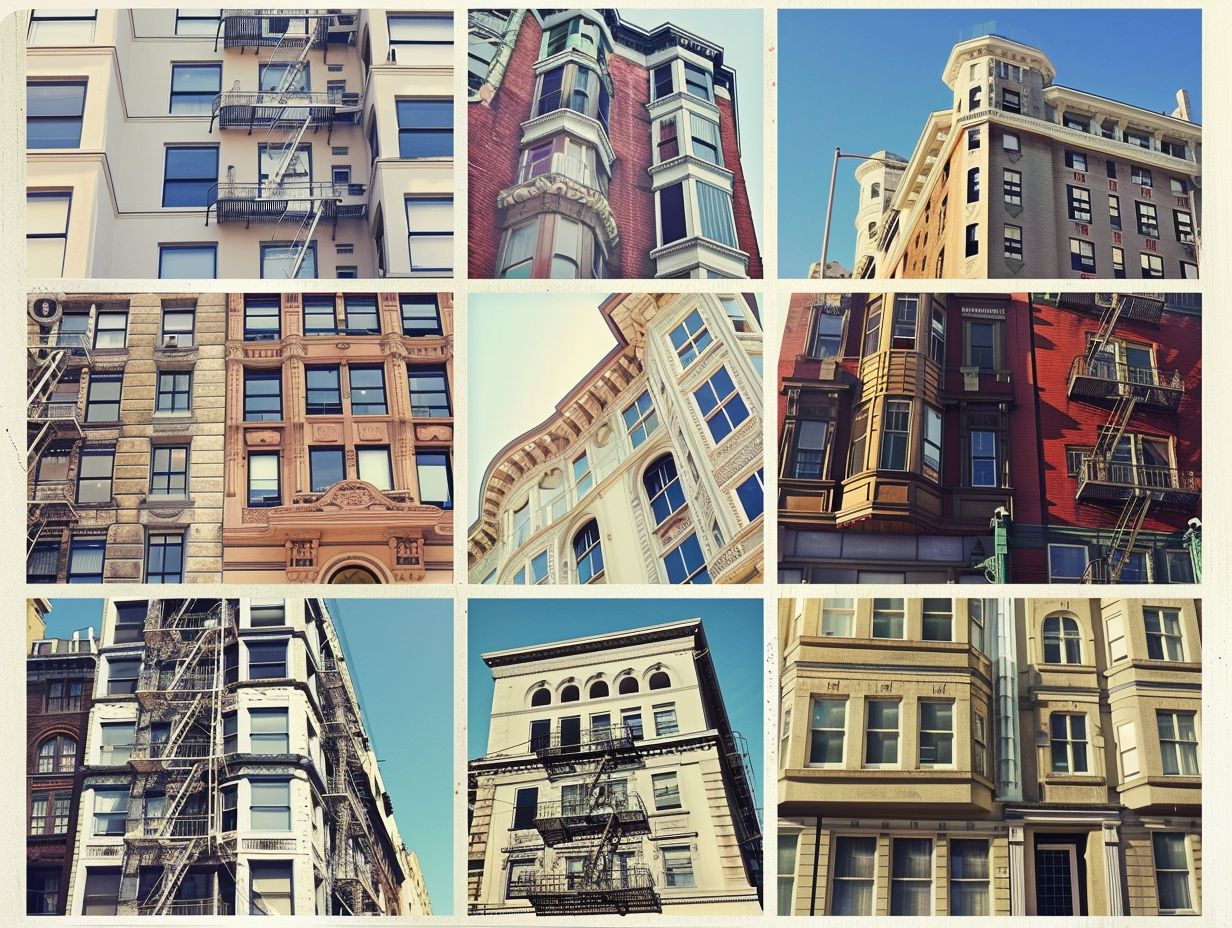
Expert Solutions To Structural Challenges In San Francisco Adus
If you are considering the construction of an Accessory Dwelling Unit (ADU) within the city of San Francisco, this article aims to offer an informative overview of the significance of ADUs in this region.
Furthermore, this article will address the specific challenges that ADUs encounter in San Francisco, including constraints related to limited space availability and the substantial costs associated with construction in this area.
Rest assured, expert solutions will be presented to address these challenges, such as innovative design strategies for maximizing available space and the implementation of cost-effective construction methods.
Anticipate valuable insights from case studies detailing successful ADU projects in San Francisco, as well as a discussion on potential changes and opportunities that may arise in the city in the foreseeable future.
Overview of San Francisco ADUs
Accessory Dwelling Units (ADUs) in San Francisco are instrumental in addressing the housing crisis, offering adaptable solutions for urban development. The process of constructing and retrofitting ADUs in San Francisco necessitates adeptly navigating intricate permitting procedures, zoning ordinances, and pioneering design strategies to optimize space utilization and ensure alignment with building codes and sustainability criteria.
These ADUs not only furnish supplementary housing alternatives but also enhance the overall diversity of housing inventory in the city, catering to the diverse needs of its residents. Nevertheless, the challenges associated with ADUs encompass securing permits in a timely fashion and adhering to stringent zoning regulations that prescribe the locations and specifications for constructing these units.
Innovative construction methodologies like modular building and prefabrication have emerged as efficacious means to streamline the construction process and minimize disruptions in existing neighborhoods while upholding compliance with rigorous regulatory mandates.
What are ADUs and Why are They Important?
Accessory Dwelling Units (ADUs) represent auxiliary housing units situated on residential properties, offering a viable solution to affordable housing needs. They afford homeowners the opportunity to augment property value and counter housing shortages. In the context of San Francisco, ADUs are crucial owing to their innovative design ethos, sustainable architectural features, and retrofitting capabilities aimed at aligning with the city’s rigorous permitting protocols and regulatory standards.
The surging popularity of ADUs can be attributed to their adeptness at addressing urban housing crises by optimizing land utilization without compromising on design versatility. Homeowners possess the liberty to tailor ADUs to their specific requisites, be it for accommodating multigenerational living arrangements, generating rental income, or establishing personal workspaces.
The incorporation of sustainable architectural tenets within ADU frameworks not only enhances energy efficiency but also espouses eco-friendly practices. The regulatory process for ADUs may vary depending on the geographic location, typically encompassing adherence to building codes, zoning ordinances, and safety criteria. This underscores the paramount significance of regulatory compliance to uphold structural soundness and occupant well-being.
Challenges Faced by San Francisco ADUs
The construction of Accessory Dwelling Units (ADUs) in San Francisco is complicated by various structural challenges stemming from constraints such as limited space, strict zoning regulations, high construction expenses, and seismic retrofitting mandates. To effectively address these obstacles and contribute to resolving the housing crisis in the city, it is imperative to navigate the intricate landscape of construction permitting, zoning ordinances, and retrofitting solutions.
The stringent limitations imposed on ADUs in San Francisco create barriers for homeowners seeking to enhance their residential accommodations within a city where space is scarce. The substantial construction and retrofitting costs further exacerbate the challenges encountered by individuals aiming to establish additional housing units.
Given the critical housing shortage in the region, there is a growing demand for innovative approaches that strike a balance between fulfilling regulatory mandates and offering affordable and safe housing alternatives. Simplifying the permitting procedures, lowering construction expenditures, and ensuring seismic resilience are pivotal factors in enableing ADUs to assume a more prominent role in mitigating the housing deficit.
Limited Space and Zoning Restrictions
The constraints of limited space and zoning restrictions in San Francisco present formidable obstacles for the construction and expansion of Accessory Dwelling Units (ADUs). Effective urban planning is pivotal in the optimization of space utilization and the management of the intricate permit processes to ensure adherence to zoning ordinances. Surmounting these challenges necessitates the implementation of innovative design strategies and meticulous planning to fully exploit the available space.
The city’s rigorous permit stipulations govern various aspects such as size, height, setback, and overall design of ADUs, thereby influencing their viability and the construction procedures. Zoning regulations also confine the permissible locations for ADU construction, often constraining options for property owners. Consequently, urban planners and architects are increasingly emphasizing inventive techniques for space maximization. This includes the adoption of compact footprint designs, integration of versatile furniture arrangements, and exploration of opportunities for vertical expansion, all while upholding compliance with requisite building codes and regulations.
High Construction Costs
The elevated construction expenses present a significant challenge for Accessory Dwelling Unit (ADU) projects in San Francisco, which has implications for housing affordability and influences the selection of construction materials and techniques. It is imperative to conduct an analysis of the economic ramifications of construction costs on ADU development to explore cost-effective practices and innovative construction solutions that can enhance the accessibility of ADUs in the city.
This financial barrier frequently leads to restricted choices regarding building materials and construction methodologies, as developers and property owners endeavor to strike a balance between quality and cost-effectiveness. The high expenditures related to permits, labor, and land further exacerbate the difficulty of establishing affordable ADUs in a city renowned for its exorbitant real estate market.
Implementing various strategies such as the utilization of prefabricated components, integration of sustainable materials, and optimization of space efficiency can aid in reducing construction outlays and fostering the construction of more economically viable ADUs in San Francisco.
Expert Solutions to Overcome Challenges
The resolution of structural challenges encountered by San Francisco ADUs requires expert solutions, encompassing strategies such as maximizing space through innovative design methodologies, implementing cost-effective practices, and ensuring alignment with building codes and regulatory standards.
The application of specialized knowledge in architecture, engineering, and construction plays a pivotal role in providing inventive housing solutions that effectively cater to the housing demands prevalent in the city.
An integrated multidisciplinary approach enables experts to address intricate retrofitting assignments adeptly, optimizing current structures to accommodate ADUs seamlessly. Their profound understanding facilitates the seamless integration of sustainable materials and energy-efficient mechanisms, thereby aligning with San Francisco’s sustainability objectives.
Proficient professionals well-versed in zoning ordinances can adeptly navigate the complex legal prerequisites, guaranteeing the adherence of ADU projects to specific regulations. This amalgamation of expertise not only augments the functionality of ADUs but also contributes significantly to the overall urban progression and housing accessibility in San Francisco.
Maximizing Space with Creative Design
Maximizing space through innovative design is a critical factor in addressing space limitations within Accessory Dwelling Units (ADUs) in San Francisco. The implementation of creative architectural solutions, customized designs, and deliberate interior design selections plays a significant role in optimizing spatial utilization and augmenting the functionality of ADUs to accommodate the varied requirements of homeowners and tenants.
Architectural ingenuity facilitates the integration of versatile elements such as built-in storage solutions and convertible furniture, enabling the efficient utilization of space within an ADU. Tailored custom designs, specifically crafted to suit the unique layout of each area, ensure that every space is utilized effectively, establishing a harmonious equilibrium between visual appeal and functionality.
In terms of interior design considerations, the strategic placement of windows to maximize natural light and the use of reflective surfaces can create an illusion of spaciousness and airiness within a compact area.
Utilizing Cost-Saving Techniques
The implementation of cost-saving strategies is crucial for projects involving Accessory Dwelling Units (ADUs) in San Francisco to effectively manage the high construction costs prevalent in the area. By exploring alternative building materials, efficient construction techniques, and optimizing permit processes through the utilization of permit expeditors, it is possible to mitigate expenses and expedite project timelines, all while ensuring compliance with rigorous building inspection standards.
This strategic methodology not only results in a reduction of overall project costs but also plays a pivotal role in bolstering sustainability efforts through the adoption of environmentally friendly materials and energy-efficient construction practices. Permit expeditors serve as integral facilitators in navigating the intricate permit approval system, facilitating swift processing and minimizing potential delays.
Through the incorporation of these measures, ADU projects in San Francisco can realize significant financial savings and accelerated completion schedules, ultimately contributing to the overall success of the construction endeavor.
Case Studies of Successful San Francisco ADUs
Examining case studies of successful San Francisco ADUs yields valuable insights into the real estate market, housing development trends, and innovative building solutions. A thorough analysis of the safety, design innovations, and regulatory compliance of these ADUs provides valuable lessons for future projects and contributes to sustainable housing development within the city.
These case studies serve to demonstrate how ADUs have positively influenced the real estate market by augmenting property values and furnishing additional rental income for homeowners. The deployment of innovative building solutions in these initiatives, such as modular construction and green building practices, has not only streamlined the construction process but has also improved energy efficiency. Compliance with regulatory measures, including strict adherence to zoning laws and building codes, has ensured that these ADUs represent secure and lawful structures that actively contribute to the overall enhancement of the city’s housing inventory.
Real-Life Examples and Lessons Learned
Concrete examples of San Francisco ADUs demonstrate the practical implementation of housing policies, building inspections, and urban growth strategies within the context of accessory dwelling units. These case studies offer valuable insights into navigating the intricate terrain of ADU construction, compliance with regulations, and contributing to sustainable urban development.
For instance, the successful conversion of underutilized garages into ADUs in San Francisco has not only provided essential affordable housing options but also showcased how existing structures can be repurposed to address housing needs in urban areas. By adhering to rigorous building inspections and aligning with the city’s housing policies, these projects have established a precedent for regulatory adherence in ADU development. Such endeavors underscore the significance of integrating ADUs into the broader urban growth strategy, enriching the city’s housing inventory while advocating for sustainable practices in urban development.
Future Outlook for San Francisco ADUs
The future prospects for Accessory Dwelling Units (ADUs) in San Francisco encompass potential transformations and opportunities within urban planning, housing solutions, and community development. Foreseeing changes in housing regulations and embracing sustainable architectural principles are fundamental aspects that will define the progression of ADUs and their role in addressing the housing requirements of the city.
Amid San Francisco’s ongoing struggles with housing affordability issues, ADUs represent a promising avenue for augmenting the housing inventory and offering a wider range of residential choices. Urban planning strategies are concentrating on seamlessly integrating ADUs into existing neighborhoods, advocating for mixed-income communities, and mitigating urban sprawl. By harmonizing housing regulations with community-driven strategies, stakeholders are striving to streamline the approval process for ADUs and enhance accessibility for homeowners.
Furthermore, sustainable urban planning practices, including the incorporation of green building elements and energy-efficient designs, are gaining prominence in ADU projects. This trend underscores an increasing emphasis on environmental sustainability in housing development initiatives.
Potential Changes and Opportunities
The exploration of potential changes and opportunities for San Francisco Accessory Dwelling Units (ADUs) provides valuable insights into housing improvements, revisions of building codes, retrofit solutions, and their environmental implications. Embracing innovative approaches to construction, compliance, and sustainability will open up new avenues for enhancing the quality and efficiency of ADUs in alignment with evolving housing standards.
The regulatory landscape is undergoing significant transformations to facilitate more adaptable and environmentally friendly ADU designs. By incorporating sustainable materials and energy-efficient systems, homeowners can diminish their carbon footprint and realize long-term cost savings. The emphasis on environmental considerations is driving a noticeable shift towards green building practices within the ADU community. As building codes evolve to accommodate these changes, there is a significant opportunity for individuals to invest in environmentally-conscious ADU projects that can benefit both residents and the environment.




No Comments